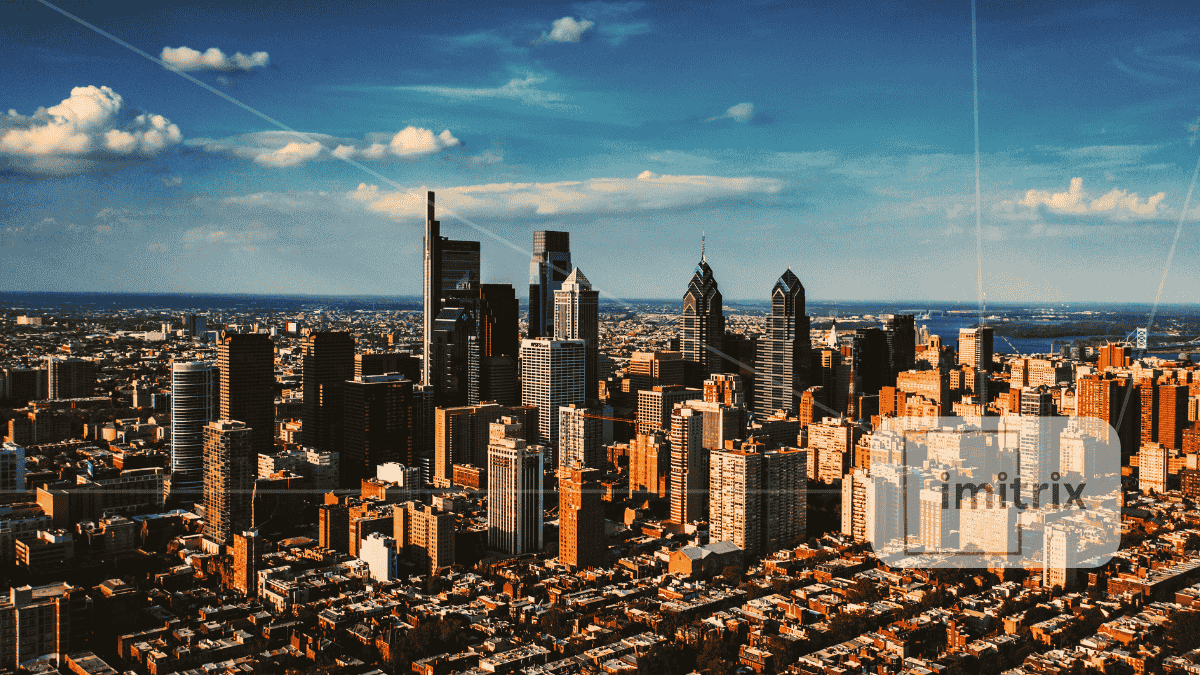Right now, AI-driven transformations are quietly reshaping how cities work. From transportation and energy to public safety and sustainability, artificial intelligence is moving us toward smarter, greener, and more human-centered urban living. When we talk about AI in urban planning, we’re referring to practical tools that adapt to community needs and the health of the planet. In this article, we’ll explore real-world applications, success stories, and challenges as intelligent cityscapes evolve.
1. AI in Urban Planning: Moving From Hype to Reality
AI in urban planning is no longer about futuristic promises. Today, city planners use AI to analyze traffic patterns, model climate impacts, optimize public transport, and even guide equitable resource allocation. These AI-driven transformations help cities become more responsive, efficient, and livable.
The key is moving from static master plans to dynamic, data-driven models. That shift allows cities to anticipate problems before they arise and solve them in ways that benefit residents.
2. Environmental Planning & Resilience
Sponge Cities and Nature-First Flood Control
Sponge cities take an eco-friendly approach to stormwater management. By using parks, wetlands, and permeable surfaces to absorb rainwater, they reduce urban flooding and replenish groundwater. AI enhances these designs by analyzing rainfall data, forecasting flood risks, and guiding construction priorities. It’s a natural example of AI-driven transformations working in harmony with the environment.
Digital Twins for Climate Resilience
A digital twin is a virtual model of the city that simulates everything from traffic flow to energy use to climate impacts. Cities use these models to predict urban heat islands, manage water resources, and plan green infrastructure. As AI-driven transformations progress, digital twins are becoming vital tools for building climate-resilient communities.
3. Generative AI: The Urban Designer’s New Partner
Generative AI isn’t replacing architects, it’s becoming their creative assistant. Using diffusion models and machine learning, AI helps generate optimal road networks, building layouts, and zoning maps. Planners then refine these drafts to suit local culture and aesthetics.
This human-AI collaboration represents one of the most exciting AI-driven transformations in the field of urban design.
4. Equity & Fairness in the Smart City
With AI guiding decisions about infrastructure and services, fairness must be a priority. AI tools can highlight areas where investment is lacking—whether it’s public parks, transit access, or housing.
Planners use explainable AI models to ensure decisions are transparent and equitable. This is one way AI-driven transformations can actively reduce inequalities rather than reinforce them.
5. Citizen-Centered Public Engagement
Traditional public meetings often exclude busy or underserved residents. AI-powered platforms are changing that.
Now, citizens can explore proposed changes through interactive 3D models, submit feedback online, and track how their input shapes final decisions. AI chatbots also provide 24/7 access to city services, speeding up responses and reducing bureaucracy. These innovations make AI in urban planning more democratic and accessible.
6. 15-Minute Cities and Sustainable Neighborhoods
The 15-minute city concept aims to ensure that work, school, shopping, and recreation are all accessible within a short walk or bike ride. AI plays a crucial role here analyzing mobility patterns, optimizing transit routes, and identifying gaps in service.
These AI-driven transformations are helping cities design neighborhoods that prioritize people over cars, reducing pollution and improving quality of life.
7. Real-World Examples of AI-Driven Urban Innovation
Cities around the world are embracing AI-driven transformations:
- Singapore uses AI to monitor flood risks, optimize energy use, and manage urban heat.
- Melbourne forecasts water supply needs and tackles illegal dumping with AI-driven sensors.
- Barcelona uses AI to manage public lighting, reduce noise pollution, and optimize water consumption.
These projects show that AI in urban planning is already delivering measurable benefits.
8. Infrastructure: Building Smarter Systems
AI is revolutionizing how cities manage infrastructure. Smart grids balance energy demand and supply in real time. Self-healing road materials extend the lifespan of city streets. AI-controlled streetlights dim when no one is around, saving energy.
These practical AI-driven transformations make infrastructure more adaptive, efficient, and sustainable.
9. Overcoming Challenges: Data, Privacy, and Skills
No transformation comes without hurdles. Cities face several key challenges:
- Data integration: Many city departments still operate in silos. For AI to work effectively, data needs to be unified and accessible.
- Privacy concerns: Citizens must trust that their data is handled securely and ethically. Transparency is essential.
- Skills gap: Urban planners need training to understand and leverage AI tools. Building this capacity is critical for long-term success.
By addressing these challenges, cities can ensure that AI-driven transformations serve the public good.
10. Governance: Setting the Rules for Smart Cities
Good governance is essential to ensure that AI-driven transformations benefit everyone. Cities are developing ethical frameworks, algorithm review boards, and community oversight processes to ensure AI is used responsibly.
This approach helps build trust and ensures that smart city initiatives respect privacy, fairness, and democratic values.
11. Looking Ahead: The Future of AI-Driven Cities
In the next decade, we’ll see even more advanced AI-driven transformations, including:
- Fully integrated AI systems that manage transportation, energy, and public services in harmony.
- Continuous improvement of city design through live digital twins and generative AI tools.
- Smarter, more sustainable infrastructure that adapts to changing needs.
Most importantly, AI will help cities become more human-centered. The ultimate goal of AI in urban planning is not to automate decision-making, but to empower communities and enhance quality of life.
Conclusion
AI-driven transformations are no longer a futuristic vision, they are already reshaping our cities today. From environmental resilience to equitable public services, AI is helping planners build urban spaces that are smarter, greener, and more inclusive.
As we move forward, success will depend on transparency, community engagement, and a commitment to fairness. When used wisely, AI in urban planning offers an extraordinary opportunity to create intelligent cityscapes where technology serves the people, not the other way around.

